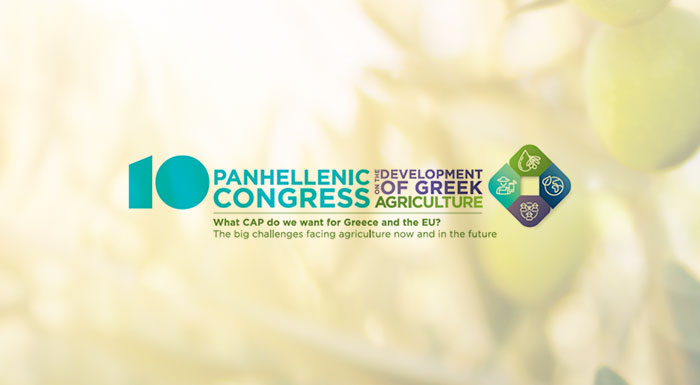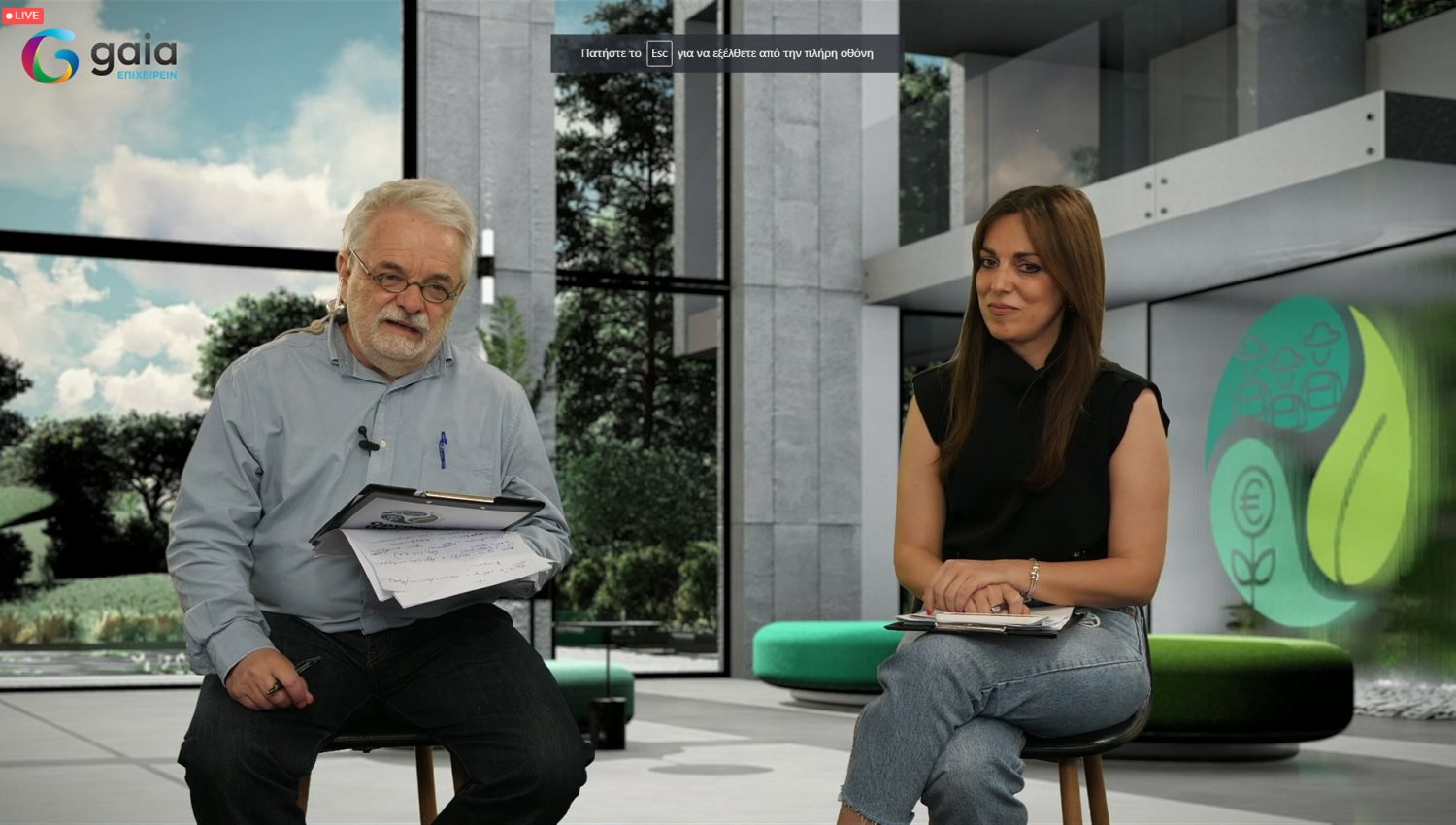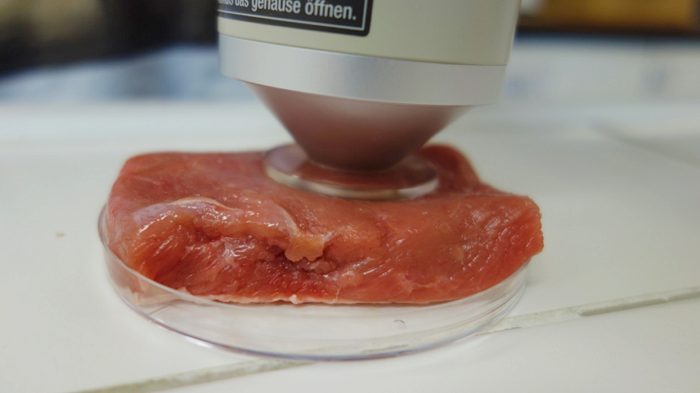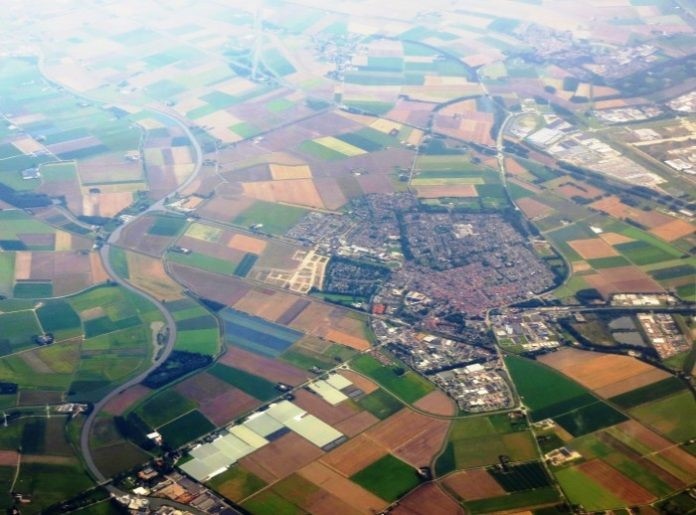Supporting the Common Agricultural Policy through Earth Observation-based services
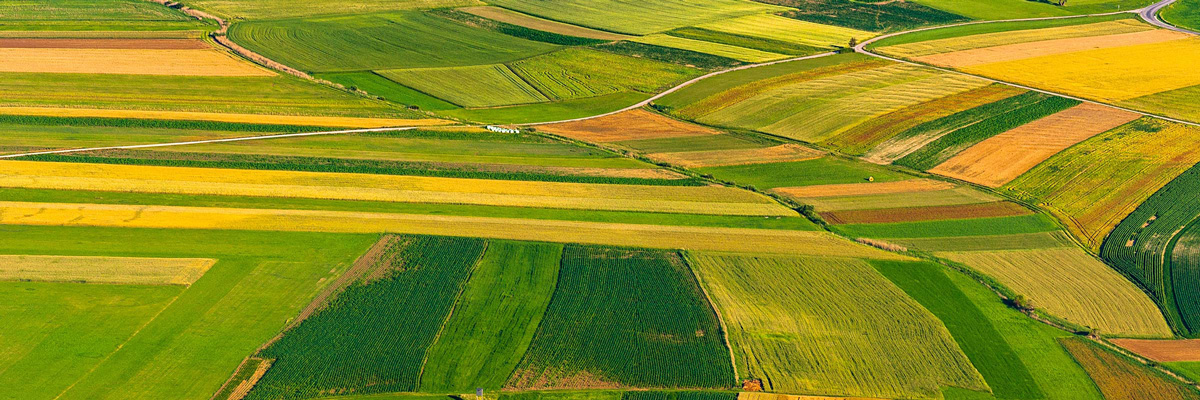
The identification of best practices that lead to the reduction of delivery costs without affecting the effectiveness is a key priority not only for the National Payment Agencies but also for the EU as a whole. Earth Observation (EO) has been frequently suggested as the best possible tool for the effective and efficient implementation of the CAP. However, until now, EO has been limited to performing “Controls with Remote Sensing” (CwRS) for the purposes of the annual verification of subsidies claims.
The EC and the JRC have jointly stressed the need for EO-based agricultural monitoring with the ability to support not only the assessment checks but in total the CAP implementation and its instruments such as the Good agricultural and Environmental Monitoring (GAECs) or the Farm Advisory System (FAS).
Recent technological improvements in terms of big data handling, available computing power as well as the Copernicus Sentinel data and imagery allows the continuous and automated provision of agri-environmental information for objects being monitored such as the agricultural parcels. Precision and/or Smart Farming is a sector that relies for many of its key business process on the EO technology. In the upcoming Common Agricultural and Food Policy, which is currently being designed, Precision and/or Smart Farming and EO are the most valuable tools because their combined use leads to an optimal and sustainable production and allows the provision of advisory services based on facts
NEUROPUBLIC and GAIA EPICHEIREIN have launched a highly ambitious pilot in Northern Greece, under the umbrella of the H2020 Big Data Lighthouse project DataBio, targeting towards the evaluation of a set of EO-based services designed appropriately to support specific needs of the CAP value chain stakeholders. The pilot activities will focus on annual crops with an important footprint in the Greek agricultural sector (e.g. dry beans, cotton, wheat, rice).
The services to be tested will rely on innovative tools and complementary technologies that will sustain the interconnection with IoT infrastructures and EO platforms, the collection and ingestion of spatiotemporal data, the multidimensional deep data exploration and modelling and the provision of meaningful insights, thus, supporting the simplification and improving the effectiveness of CAP.
In order to support the aforementioned activities, NEUROPUBLIC already collects and stores field-sensing data through its network of telemetric IoT stations, called GAIAtrons.
GAIAtrons offer configurable data collection and transmission rates. Until now, over 1M samples have been collected and stored to NEUROPUBLIC’s private cloud infrastructure that refer to atmospheric and soil measurements (soil temperature, humidity (multi-depth), ambient temperature, relative humidity, barometric pressure, solar radiation, leaf wetness, rainfall volume, wind speed and direction) from various agricultural areas of Greece.
Moreover, within the same cloud infrastructure, remote sensing data from the new Sentinel 2 optical products (13 spectral bands) are also being extracted and stored. The latter, comprise both raw and processed (corrected products, vegetation indices) data represented in raster formats that are being handled using optimal big data management methodologies.
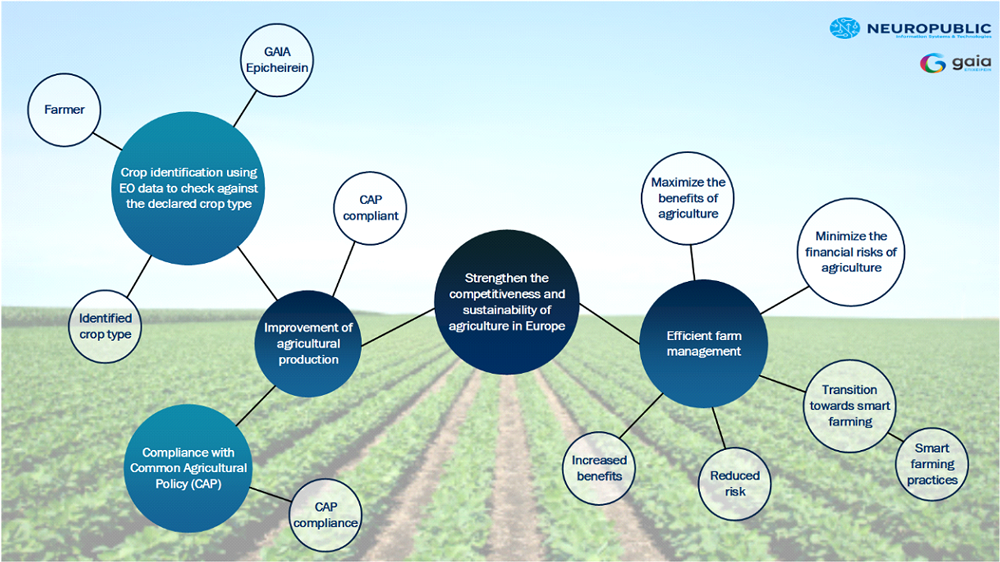
In the context of the pilot activities, NP has also developed a set of web services to facilitate data sharing and file distribution. Moreover, Sentinel-2 data have been exploited for the multitemporal extraction of vegetation indices at parcel level.
An object-based methodology (where each agricultural parcel is considered an object) allows the creation of data-driven crop type models following machine learning methods. The established crop type models are used for the classification of the incoming time series data for a given polygon (crop estimation) which further extends the functionality of the system by providing means for the analysis of crop growth patterns.
The convergence of high computing power, machine learning, IoT based data streams, geospatial data analysis and satellite imagery is “a perfect storm that’s just beginning to peak” and as such the ambition of the current pilot is to exploit the “produced power” for dealing effectively with CAP demands for agricultural crop type identification, parcel monitoring, collaboration, transparency and analytics. This way the value chain stakeholders (GAIA EPICHEIREIN, farmers, farming cooperations, OPEKEPE etc.) will benefit from the EO-based products and services in key business process, including:
- The farmer decision-making actions during the submission of aid application (proactive control). More specifically, for each agricultural parcel, the developed services will allow the a) automated validation of the declared crop, b) accurate definition of the eligibility area, c) monitoring of the good agricultural and environmental conditions. Each year, farmers as the beneficiaries, must provide evidence to document their eligibility. Their choices during the one-off submission process have great financing impact and may lead to losses or, even worse, trigger penalties. The offered services will boost the farmers’ decision-making power and help them maximize the benefits and minimize the financial risks in relation to the agricultural land for which direct support is requested.
- The Farmer transition towards Smart Farming, i.e. the provision of tools that support not only the compliance with CAP but also assist the adoption and implementation of Smart Farming practices. The proposed services for agricultural and environmental monitoring at parcel level, provide streams of data and facts that can be used for automated irrigation, crop protection, actual crop status and crop variability identification.
The pilot activities deal with the current and upcoming CAP demands for fewer controls, facilitates and expands the adoption of technology to the farmer communities, promotes the penetration of EO deeper into the CAP line of business, provides tools for analytic governance and delivers actionable smart farming content to the information consumers. Moreover, they will raise the awareness of the farmers, agronomists, agricultural advisors, farmer cooperatives and organizations (e.g. groups of producers), national paying agencies (e.g. OPEKEPE) on how new technological tools could facilitate the crop declaration process. In fact, the effectiveness of the pilot will be assessed by measuring specific measurable benefits:The pilot activities deal with the current and upcoming CAP demands for fewer controls, facilitates and expands the adoption of technology to the farmer communities, promotes the penetration of EO deeper into the CAP line of business, provides tools for analytic governance and delivers actionable smart farming content to the information consumers. Moreover, they will raise the awareness of the farmers, agronomists, agricultural advisors, farmer cooperatives and organizations (e.g. groups of producers), national paying agencies (e.g. OPEKEPE) on how new technological tools could facilitate the crop declaration process. In fact, the effectiveness of the pilot will be assessed by measuring specific measurable benefits:
⦁ Decrease in false crop type declarations following the supporting services vs what would be expected based on historical data (information correctness measured as inconsistencies ratio).
⦁ Accuracy in crop type identification.
What is getting more and more obvious is that the aforementioned pilot activities can be considered as a stepping-stone towards dealing with more CAP challenges in the near future. As CAP continues to evolve, there is a broad acceptance that recent technological trends will play a critical role in shaping the main pillars of the agricultural policy, namely: market measures, direct payments and rural development. Based on the lessons learnt from the pilot activities and the the objectives that formulate the future of CAP new tools could tackle additional CAP barriers and cope with: What is getting more and more obvious is that the aforementioned pilot activities can be considered as a stepping-stone towards dealing with more CAP challenges in the near future. As CAP continues to evolve, there is a broad acceptance that recent technological trends will play a critical role in shaping the main pillars of the agricultural policy, namely: market measures, direct payments and rural development. Based on the lessons learnt from the pilot activities and the the objectives that formulate the future of CAP new tools could tackle additional CAP barriers and cope with:
- the Paying Agencies actions that are related with the automated remote sensing controls. A set of services could allow full scale automatic compliance cross checks (post-declaration control) by the estimation of the crop type for a specific parcel and the identification of “outlier’s”, i.e. parcels that show inconsistencies regarding their declared crop type.
- the performing of analytical governance. Spatial analytics services specially designed for the Paying Agencies can be used for a) monitoring the CAP efficiency and b) the collaboration with other stakeholders such as the national ministries and the EC Policy Makers.
